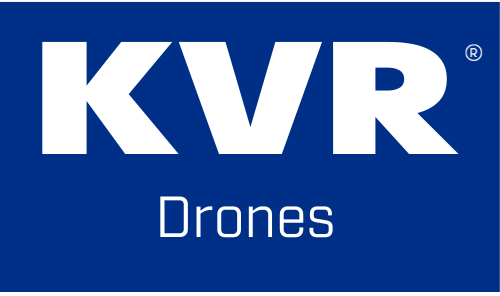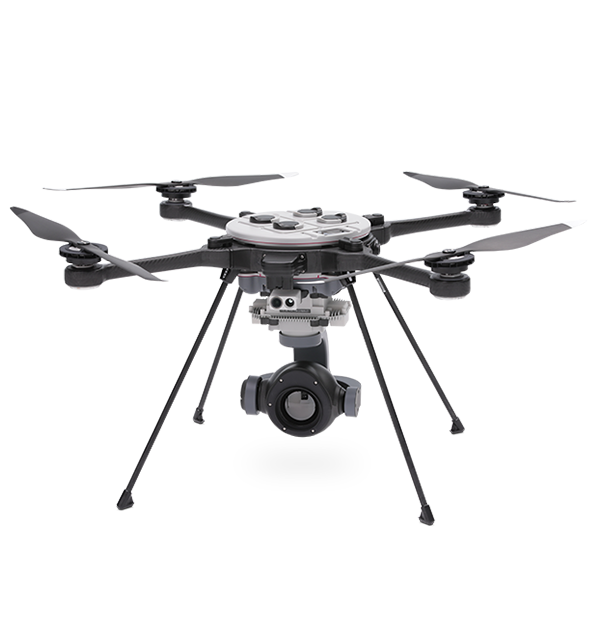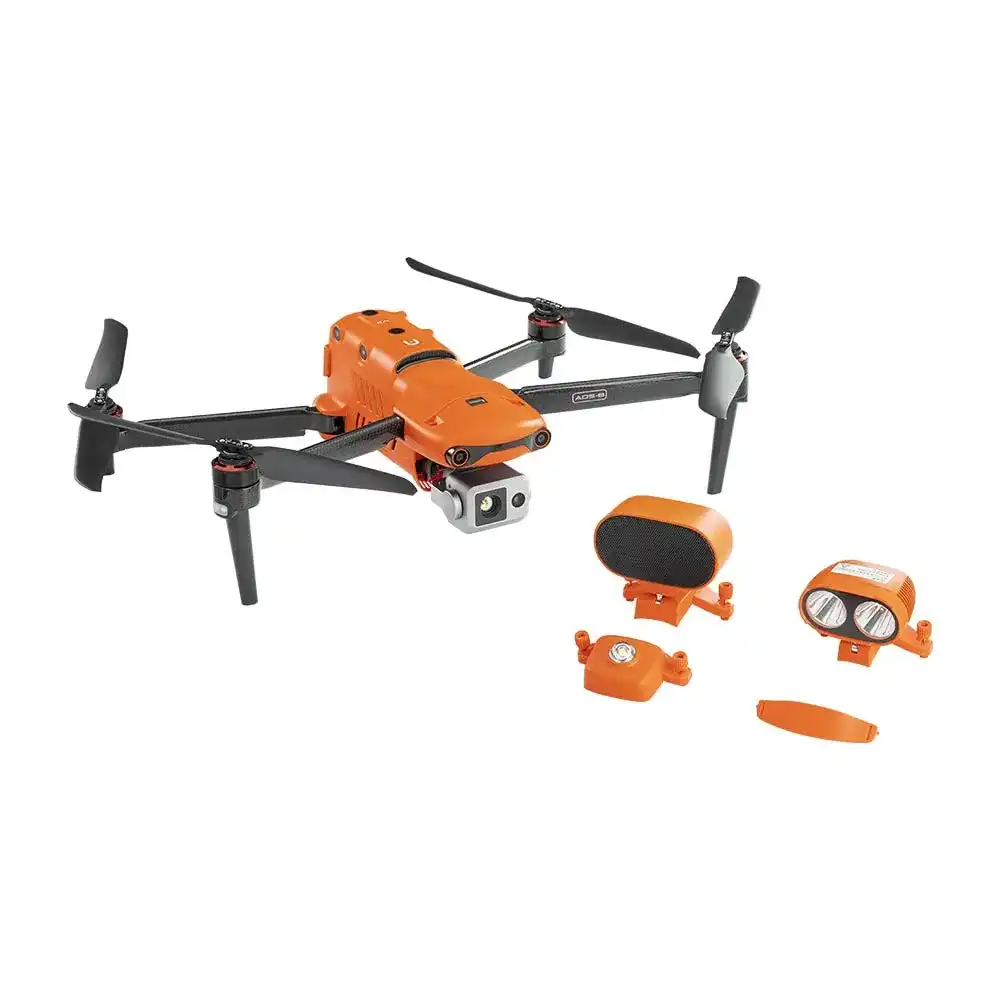Disaster Response Drones
Complete Disaster Response Drone Solutions for Your Organization
Give us a call or email to connect with our UAV Experts.
Call +1868-293-3547 or Email info@kvrel.com
10 Ways Drones Benefit Disaster Response
- Quick Assessment: Emergency response drones can be dispatched immediately post-disaster. They provide a rapid overview, allowing responders to assess the scale and severity of the damage without delay.
- Safety First: In situations where it’s risky for human teams to enter, drones for disaster response ensure that evaluations can be made safely from the air, minimizing human exposure to dangers.
- Cost-Efficient: Drone disaster response efforts are generally more cost-effective than deploying helicopters or larger manned aircraft. This results in budget savings and more resources for the affected.
- Versatile Imagery: With high-resolution cameras and thermal imaging, drones capture detailed photos and videos, enabling authorities to locate victims, fires, or gas leaks even in challenging conditions.
- Access Remote Areas: Drones easily navigate to hard-to-reach places, proving invaluable in vast landscapes or congested urban settings where traditional vehicles might struggle.
- Real-Time Feedback: Streaming live footage, drones provide instant information to command centers, ensuring that decisions can be made on the spot, optimizing the drone emergency response.
- Long Operation Hours: Many drones have significant flight times, allowing for extended surveillance and monitoring without frequent returns to base.
- Enhanced Communication: Drones can serve as communication relays, especially when conventional communication infrastructures are damaged or overloaded.
- Environmental Analysis: Drones for disaster response and relief operations can also monitor environmental changes, detecting potential secondary hazards like gas leaks or landslides.
- Supply Delivery: In situations where immediate delivery of medical supplies or essentials is needed, drones can swiftly transport goods, especially to remote or isolated victims.
10 Applications for Drones for Disaster Response
- Search and Rescue: When calamity strikes, every second counts. SAR missions demand speed, precision, and safety. Drones can quickly cover large areas or navigate the intricate confines of collapsed buildings with ease. Their high-res cameras and thermal imaging features spot heat signatures, helping find people who might be trapped or lost. By providing real-time visuals to rescue teams, they have a better shot at finding victims and staying safe while doing it.
- Fire Monitoring: When equipped with thermal imaging cameras, drones can detect hotspots that might not be visible to the naked eye, enabling firefighters to identify areas most at risk of igniting or spreading. Incident commanders get to keep track how the fire’s moving, adapt strategies on the fly, and allocate resources more effectively.
- Flood Analysis: Drones, when flown over flooded or potentially flood-prone areas, can quickly and accurately measure water levels and monitor the flow rates of rivers or streams. That way experts can model and predict the potential path of a flood, highlighting areas most at risk. As a result, communities can receive early warnings and implement preventive measures, significantly reducing the impact and ensuring the safety of residents in danger zones.
- Infrastructure Inspection: Post-disaster, drones with high-resolution cameras and sensors, can quickly survey and inspect structures like bridges, roads, and buildings from various angles. Their ability to capture detailed images and data allows experts to see what’s damaged, what might break next, and what needs fixing ASAP.
- Hazardous Material Detection: Industrial disasters can result in the discharge of a range of harmful substances that pose both immediate and extended risks. Drones, equipped with advanced sensors, can swiftly be sent out to identify materials such as toxic chemicals, flammable gases, biohazardous agents, and corrosive liquids, even in trace amounts. This enables response teams to implement effective containment measures, notify the surrounding community, and arrange timely evacuations when necessary.
- Mapping and Damage Assessment: The aerial vantage of drones, coupled with high-resolution cameras, enables disaster response teams to chart out detailed maps of the affected areas, capturing the nuances of damage that might be missed from the ground. These detailed visuals, available in real-time, aid in quantifying the extent of devastation and identifying the most critically impacted zones. Such precise data ensures that resources for relief and reconstruction are allocated judiciously, speeding up recovery while ensuring no area is overlooked.
- Medical Supply Delivery: Medical emergencies during disasters are amplified when accessibility becomes a challenge. Drones, with their nimble maneuverability, can be used to deliver vital medical supplies such as blood, vaccines, or life-saving medications. Whether it’s reaching an isolated patient in a remote area or ensuring a timely restock to a medical facility cut off by floodwaters or debris, drones guarantee that medical aid gets to where it’s most needed. This delivery system saves time in emergencies and can mean the difference between life and death.
- Communication Relay: In the wake of disasters, communication infrastructures are often among the first casualties, leaving affected populations and emergency teams isolated. Drones, however, can be used as aerial communication relays. They bridge the gap by establishing temporary links, allowing for data transfer or voice communications – reconnecting a stranded community and ensuring that emergency teams can coordinate effectively.
- Evacuation Assistance: Evacuations during emergencies can be chaotic, with risks of gridlocks or inadvertently guiding residents towards danger. Drones with real-time imaging capabilities capture both the imminent threat and the state of evacuation routes. With this aerial perspective, authorities can identify and relay the safest and most efficient paths for residents to evacuate, avoiding bottlenecks or compromised areas. This also plays a pivotal role in minimizing panic and ensuring the safety of those fleeing from peril.
- Environmental Monitoring: The aftermath of disasters often unveils a cascade of environmental threats that extend beyond immediate visible damages. Drones with the required payloads can detect radiation spills from damaged nuclear plants, chemical leaks from industrial sites, oil spills in water bodies, or even disruptions in wildlife habitats due to land degradation. Proactive measures, from containment to cleanup, can be initiated, safeguarding ecosystems and ensuring that communities aren’t exposed to prolonged environmental hazards.
Disaster Response Kits and Bundles
*Price exclusive of fees, depending on your country – VAT, Shipping etc.
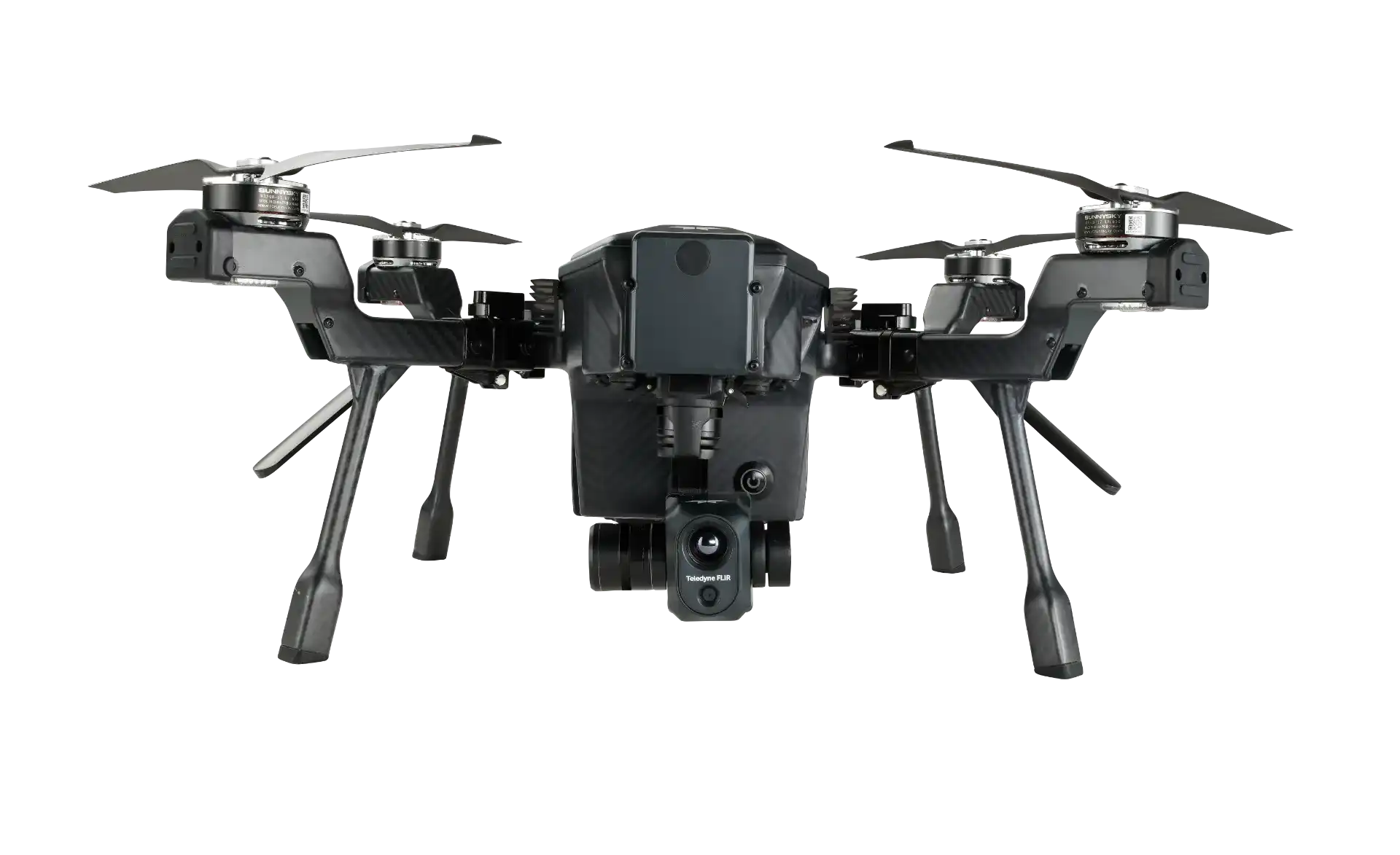
Teledyne FLIR SIRAS Combo
As low as US$9,695.00*

Autel EVO MAX 4T Bundle
As low as US$8,999.00*
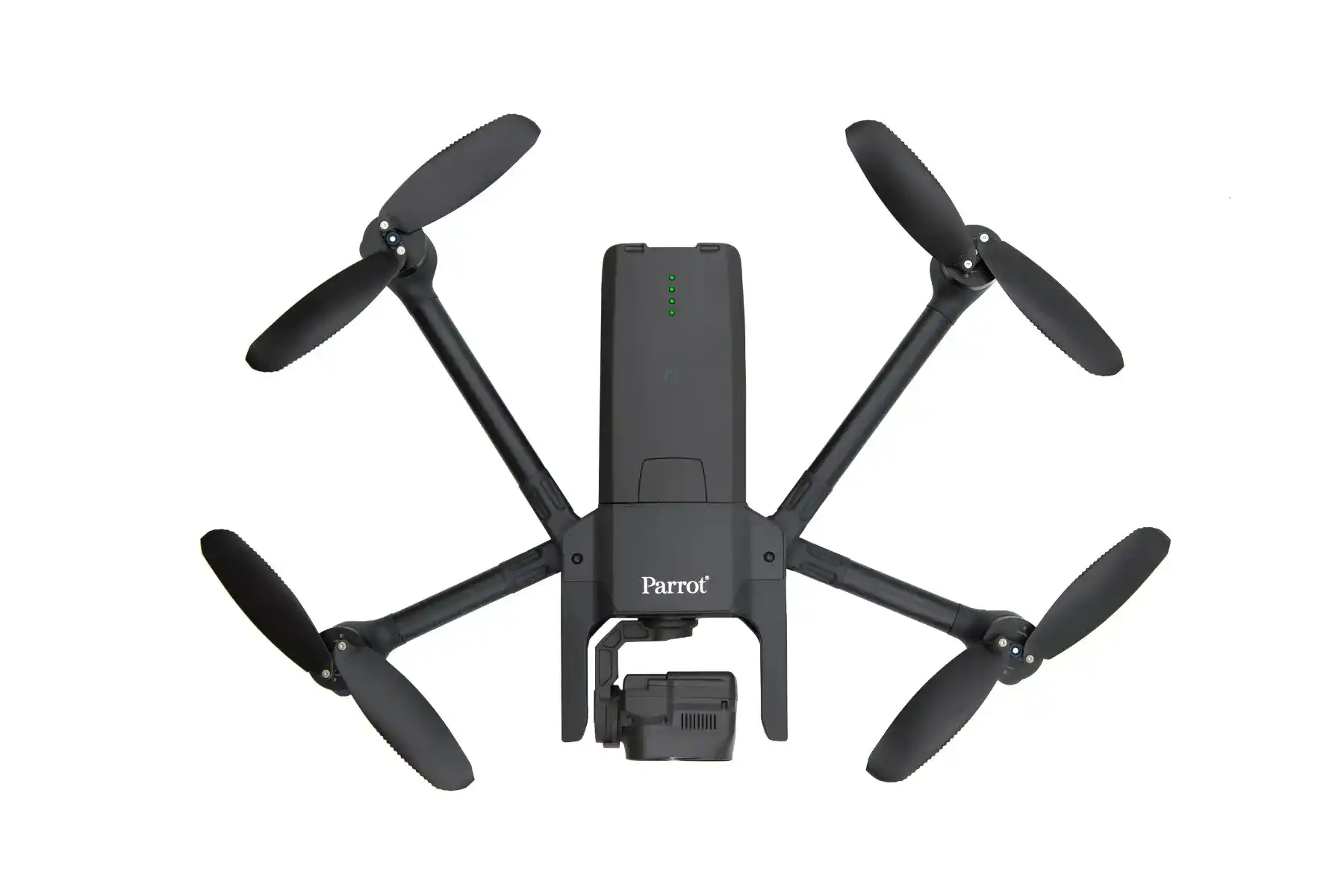
Parrot ANAFI USA
*As low as US$7,000.00
Payloads for Disaster Response Drones
*Price exclusive of fees, depending on your country – VAT, Shipping etc.
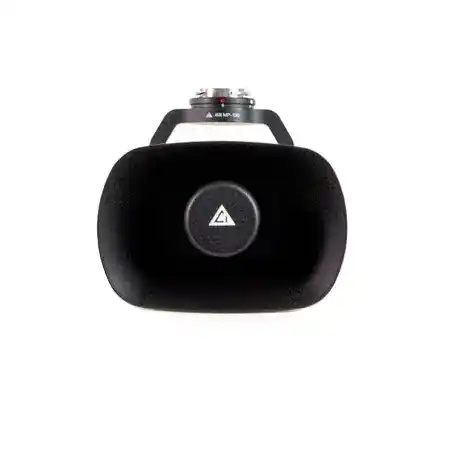
Loudspeaker for Matrice 300 / Matrice 200 V2 Series
*As low as US$2,299.00
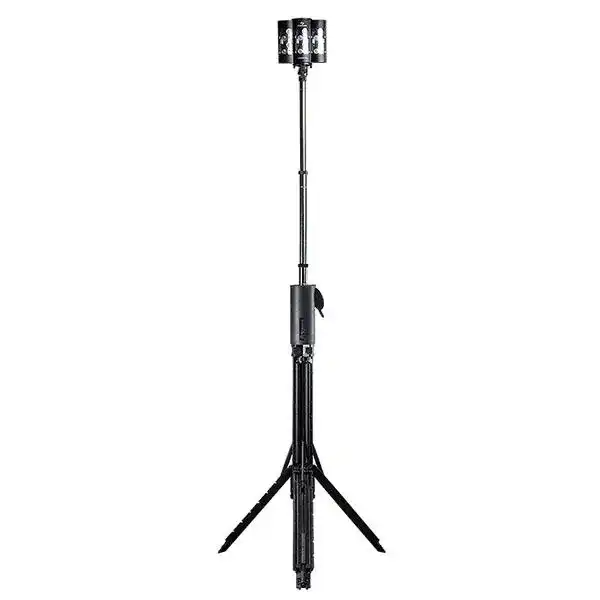
FoxFury - NOMAD 360 Scene Light
*As low as US$2,256.99
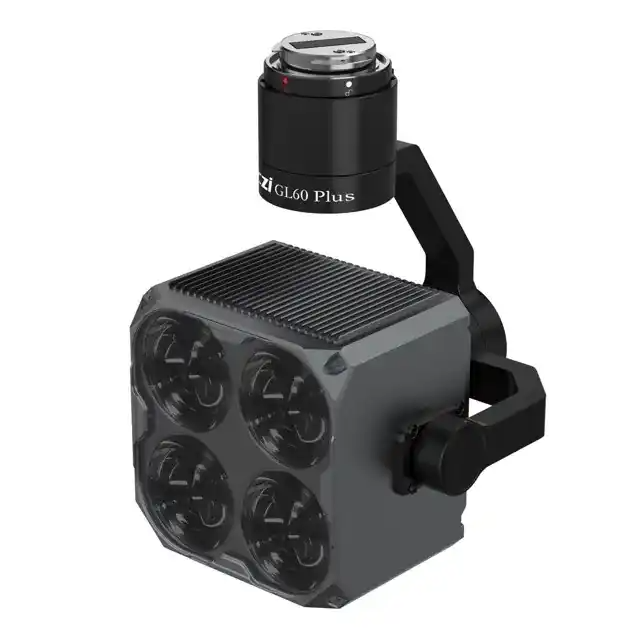
CZI GL60 Plus SDK Gimbal Spotlight for DJI M300/M350 RTK
*As low as US$2,199.00

Autel EVO II - FoxFury D100 Exolander Payload Delivery System
*As low as US$695.00
Give us a call or email to connect with our UAV Experts.
Call +1868-293-3547 or Email info@kvrel.com
UAV THERMAL EXPERTS
We are industry leaders in thermal imaging drones. As one of the pioneers in thermal drone technology, our team of experts will help you build a custom solution that meets both your budget and needs.

MISSION SPECIFIC SOLUTIONS
We specialize in the development and delivery of cost-effective mission-specific enterprise solutions. All our kits are specially designed, assembled, and individually tested for quality assurance in the United States.

AFTER PURCHASE SUPPORT
Our customer service doesn't just end with your purchase; we go the extra mile to make sure our customers have the guidance they need. As our customer, you will know us by name and can count on us for support whenever you need it.
